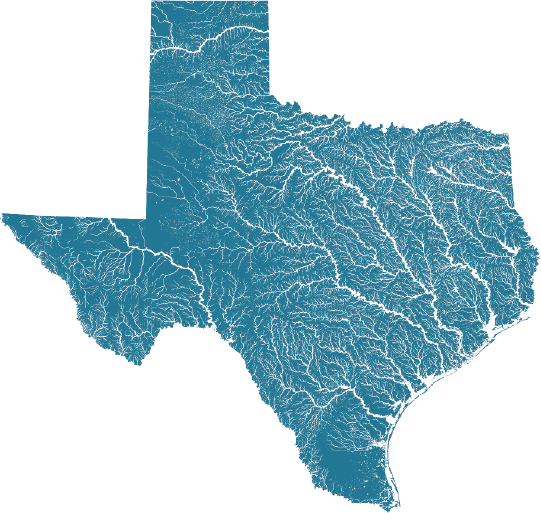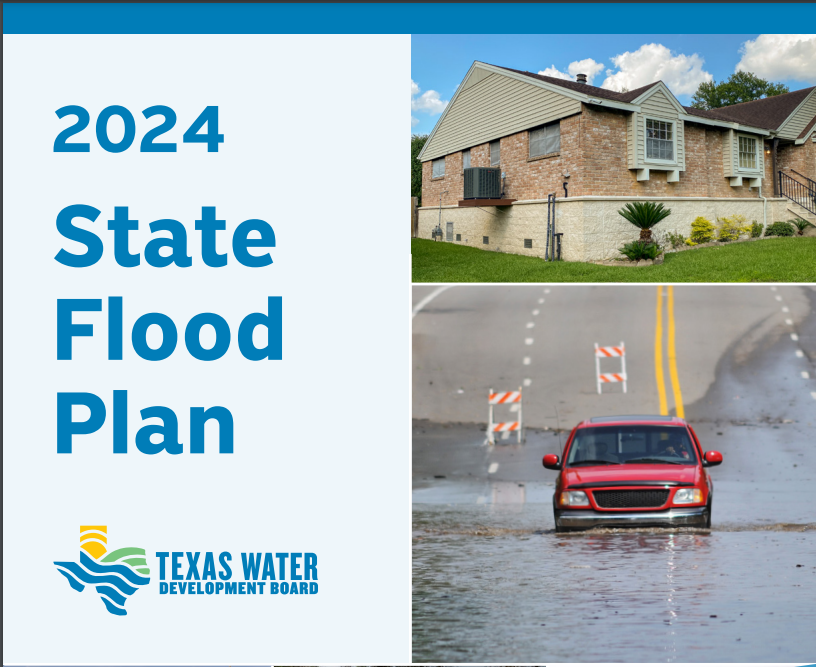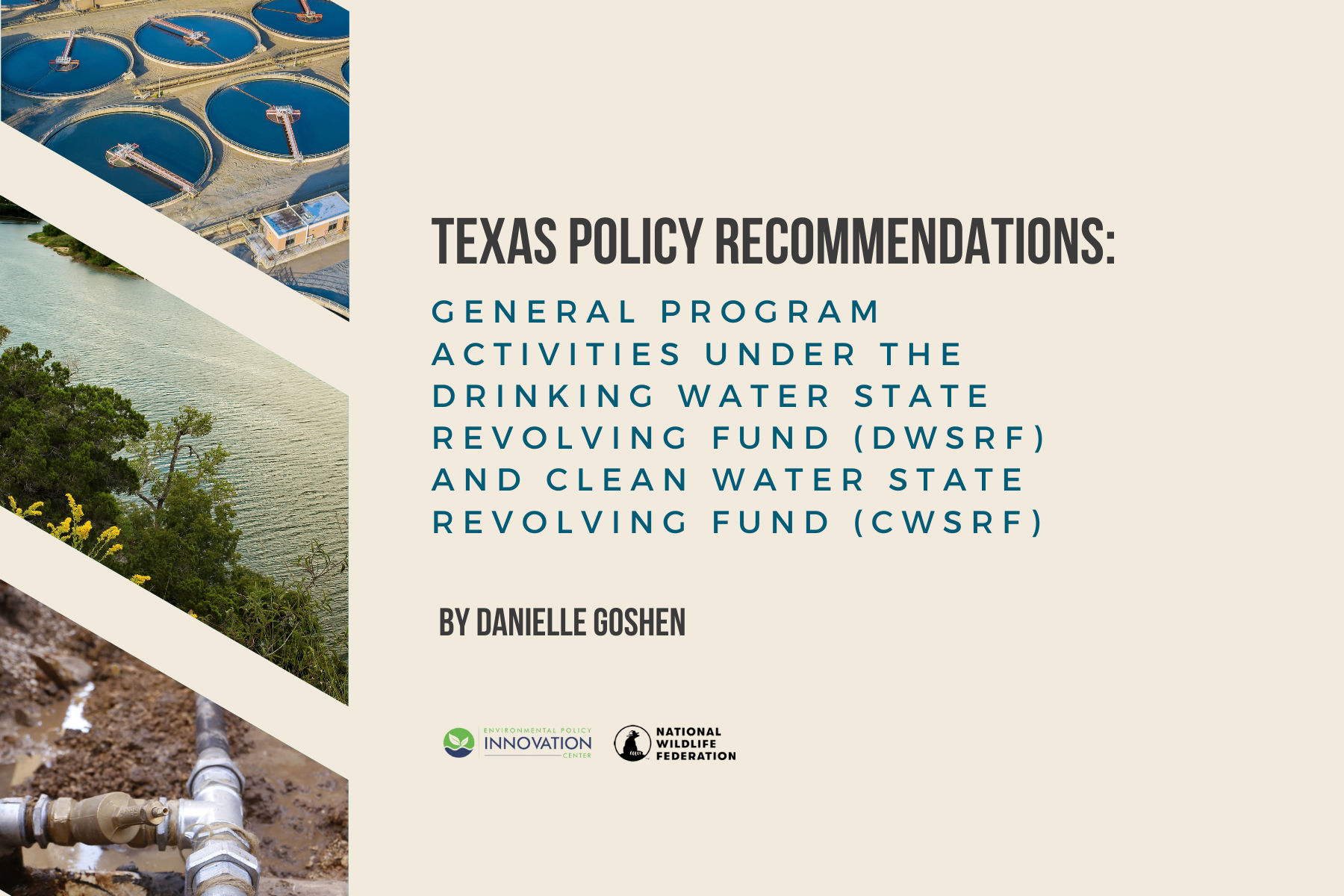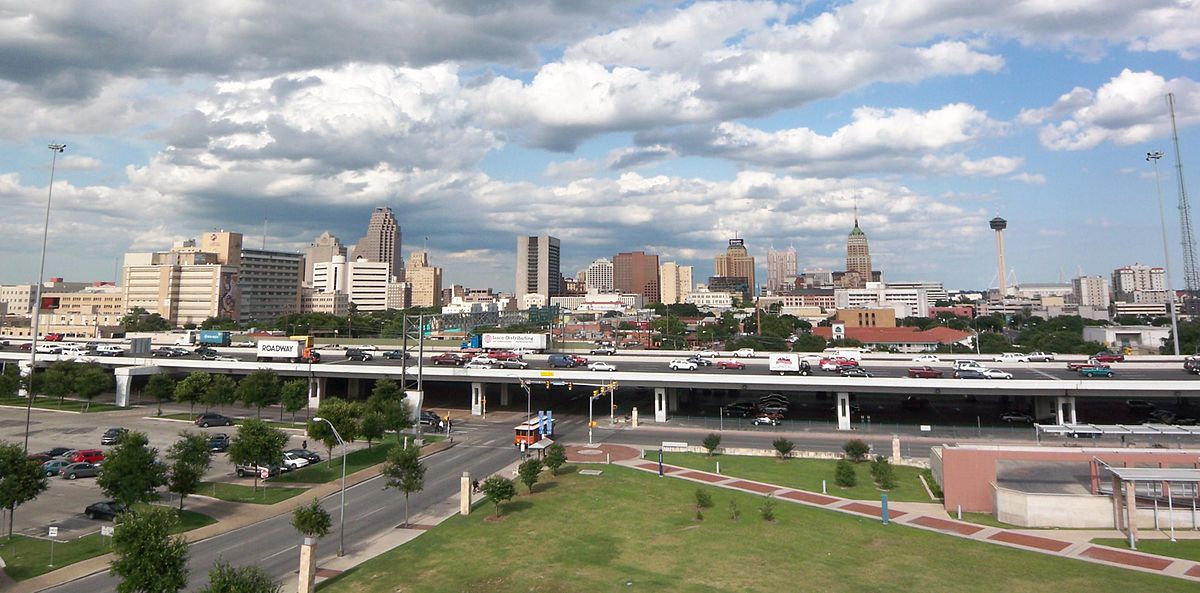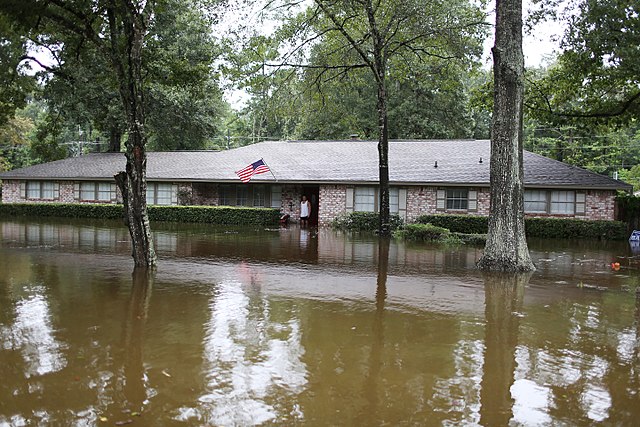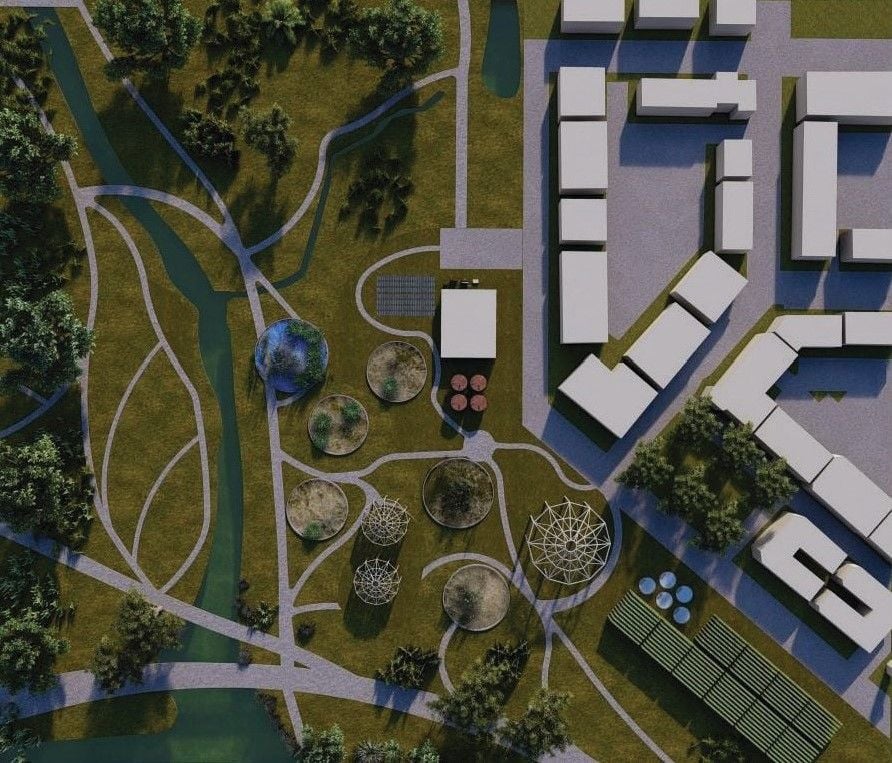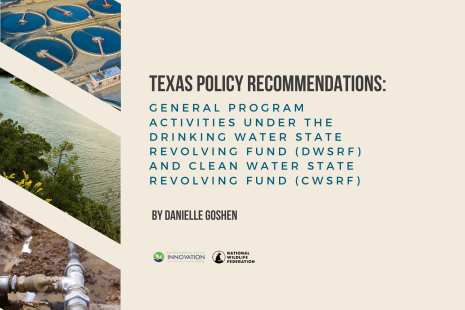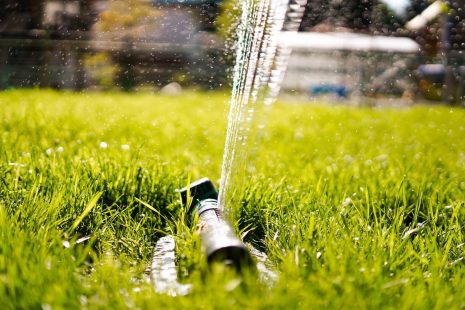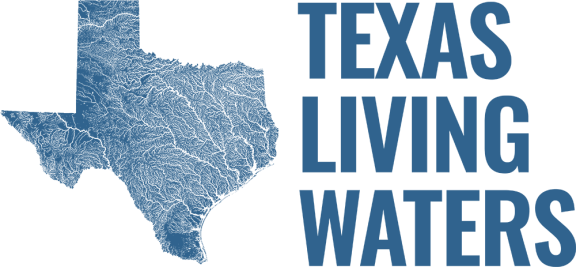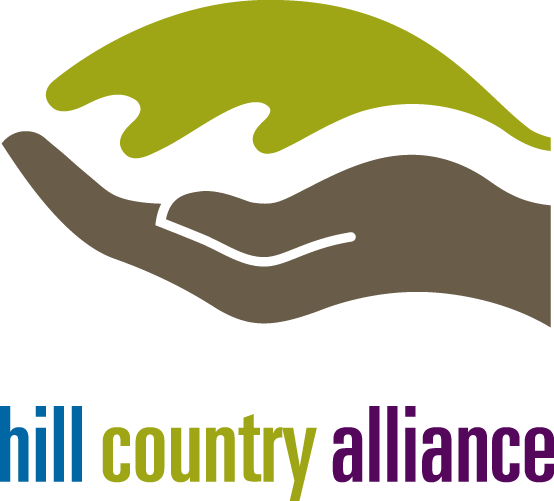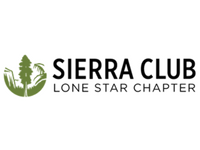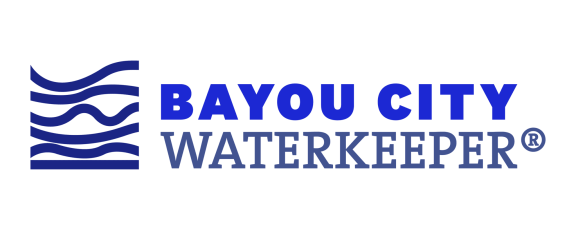With the adoption of the Onsite Water Reuse Ordinance on March 7, Austin is going purple and taking an important step toward ensuring that we are a water resilient city.
Austin has had a “purple pipe system” in place since the 1990s, allowing the city to use reclaimed water from sources like air conditioning condensate or washing machines and kitchens for non-drinking water uses such as irrigation and cooling towers. This practice helps reduce the demand for more water to be treated and delivered to homes, businesses and other users. The new ordinance expands efforts to reuse water, which will continue to help the city lower its drinking water demand.
Austin projects that the combined water savings from our reuse systems (both the centralized reuse line and onsite collection and reuse) will save about 16 million gallons of water per day by 2040. That’s equivalent to 10% of the city’s current summer water use. These programs promise to create much needed water supplies for our rapidly-growing city by drawing on locally available water supplies and using them close to the source.
The ordinance will jumpstart onsite water reuse systems in new commercial and multi-family buildings. New large commercial developments that do not connect to the centralized reclaimed line will have to collect and treat rainwater and air conditioner condensate onsite for reuse in buildings for toilet/urinal flushing, laundry, irrigation, and cooling.
Here are some specifics:
- The ordinance requires large developments (defined as those over 250,000 square/feet) to connect to the centralized reclaimed water line if they are within 500 feet of the property.
- If the development is not within 500 of the centralized reclaimed line, it must install an onsite water reuse system. Typical systems will capture air conditioning condensate and rainwater.
- The development must install a dual plumbing system. This second set of plumbing will facilitate use of non-potable water for toilet-flushing, landscape irrigation and other appropriate uses. These two uses alone can make up a considerable amount of water use in a building. For example, Austin Central Library has this type of system and it provides 85% of the water needed for the building’s operation.
Capturing and reusing air conditioning condensate, rainwater, gray water (wastewater from sinks, laundry machines, and showers), and even black water (sewage) to meet non-potable water needs such as lawn irrigation, toilet flushing and other appropriate uses means that we are using less water from our drinking water supply. That leaves more to serve Austin’s growing population and preserves water supplies during drought, and helps keep costs lower for residents.
Water Forward: Austin’s 100 Year Plan
This Onsite Water Reuse Ordinance is part of Water Forward, Austin’s 100-year water supply plan, which was adopted in December 2018. Austin Water, working with the Water Forward Task Force and multiple city departments, is implementing the plan’s strategies.
Water Forward embraces the idea that water reuse can leverage existing water supply in the community– in addition to incorporating traditional conservation strategies. This is a proactive approach to managing water supplies that mitigates future risks posed by climate change, such as water shortages and prolonged droughts. These measures reflect an innovative approach to meet the City’s need for reliability and resiliency, environmental sustainability, and affordability.
Every part of our community and every drop of water can play a role in helping to meet future water needs. Austin’s water challenges are not unique in Texas. Most cities in the state will face pressure from growing populations and climate impacts, which will force them to rethink water systems and strategies sooner or later. Austin’s ordinances and overall approach can be a model for the rest of the state.
Will the program be affordable for local residents?
Austin, like many cities, is facing a housing affordability crisis. Before adopting the new ordinance, the City of Austin considered how these new requirements might affect new affordable units in multi-family developments. To preserve affordability for these developments while enabling everyone to have access to resilient and long-term affordable water supplies, Austin has taken a slightly different approach for certain affordable housing developments.
Projects that are accredited for the Affordability Unlocked or State Low Income Housing Tax Credits are exempt from the Onsite Water Reuse System requirements and can receive funding from the city to greatly reduce the cost of connecting the centralized reclaimed line or installing an onsite water reuse system. This will bring enhanced water sustainability for the greater Austin community. Read more about how water reuse has been deployed in affordable housing development across the US in our report, Ensuring One Water Works for All: Opportunities for Realizing Water Reuse in Affordable Housing.
Austin is also establishing a program that will allow developers to receive incentives and assistance for projects that are required to install onsite reuse or connect to the city’s reclaimed water system. Some options include:
- Cost sharing (up to $500k per project)
- Incentives and rebates
- Reduced monthly charges
- Expedited building permit review
- Participation in an Austin Water funded low-interest loan program
The Property Assessed Clean Energy Program (PACE) can also play a strong role in minimizing additional upfront costs that developers may face. The program covers water efficiency and reuse projects. For more information, our 2021 report on the program details the benefits and advantages of PACE.
Resources
- Austin GoPurple Website
- Austin Water gets Council approval to GoPurple (City Press Release)
- Water Forward Summary
Jennifer Walker is Chair of Austin’s Water Forward Task Force. The WFTF is a group of citizens appointed by the mayor and city council to work with Austin Water to develop and implement Water Forward.
